Classified as "liquid gold" from the Mediterranean, olive oil hides many secrets. It is considered one of the superfoods that help our body to be healthy and at the same time to take care of our good appearance, by being part of a number of cosmetic products.
In order to be able to feel all the beneficial effects of olive oil, it must be of good quality. Unfortunately, it turns out that much of the olive oil sold in grocery stores is actually counterfeit.
Experts advise you to always look at the label on the bottle - the real "liquid gold" must be cold pressed or in other words - extra virgin.
Another feature that distinguishes cold-pressed oil is the D.O.P - de Origen Protegida marking. This means that the origin is guaranteed and the olives used in its production are of the highest quality and are grown in only a few geographical areas in the world.
This type of olive oil is the joy of gourmets and master chefs. It is this olive oil that is produced to the highest standards and is subject to constant quality control.
You may be wondering what is the difference between ordinary refined olive oil and one whose label says "extra virgin". The second variety has managed to preserve all of the valuable substances of ripe olives, as well as the characteristic taste and aroma.
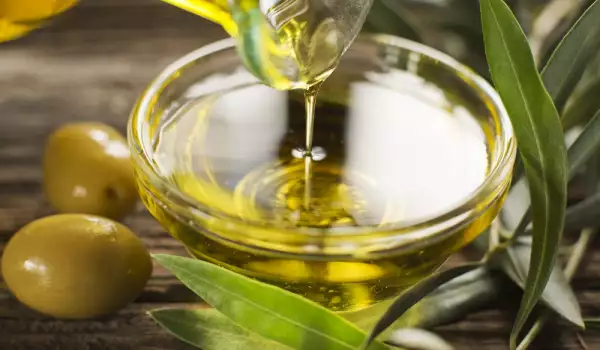
The fatty acids in cold pressed olive oil are very similar to those found in breast milk. It is suitable both for flavoring salads and for preparing other dishes.
One of the sure ways to recognize quality extra virgin olive oil is that it thickens when it's cold. This means that when it is placed in the refrigerator, it should change its consistency. When warmed, it returns to a liquid state. Olive oil that does not thicken in the refrigerator is not pure.
Keep in mind that the cold-pressed product is not suitable for frying and cooking and has a very specific taste, which more or less changes the taste of the final product.
Here the taste nuances are the most diverse, a matter of brand, manufacturer, as well as personal preferences of the consumer.
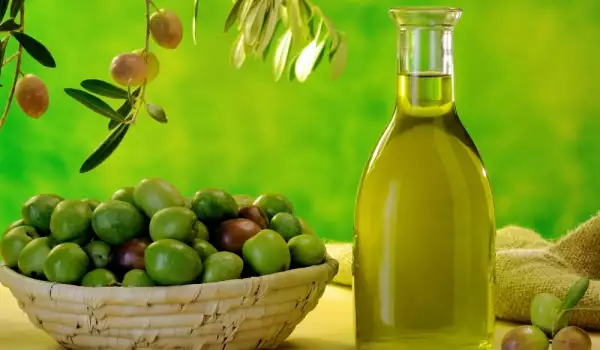



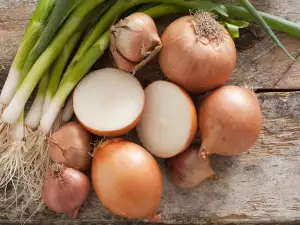
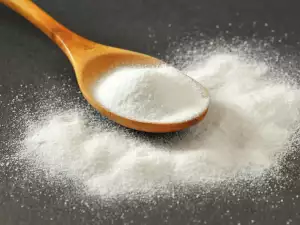
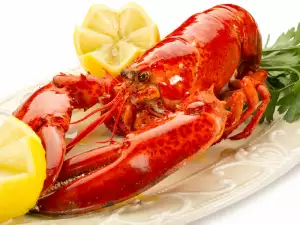

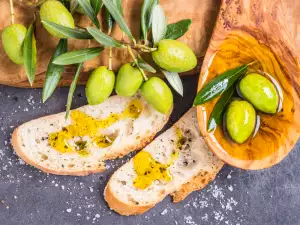

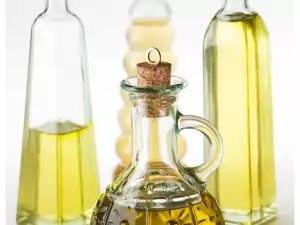
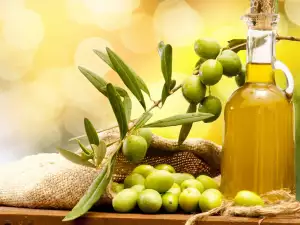
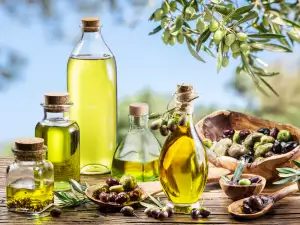







Comments